Trout flies
{{start}}
{{end}}
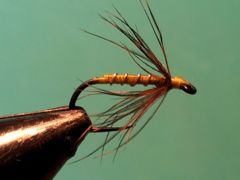
{{+1}}Greenwells spider{{-1}}
{{start}}
Many English flies have a spider version and Greenwells Glory is no exception. An interesting aspect of this fly is that the wing has been tied in beard style so as to camouflage the pint of the hook. The combination of the buggy shape, the movement of the soft hackle in the water often produce a hit. There is also the added benefit that they are so easy to tie. All river fly fishers should have a selection of English Spiders in their fly boxes.{{end}}
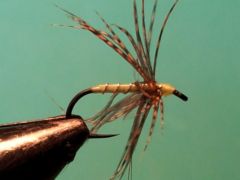
{{+1}}Partridge and chartreuse spider{{-1}}
{{start}}
Spiders are always a good option in rivers and whilst my "goto" spider is a partridge and orange the chartreuse version is always worth having on hand as an alternative. I don't know what the trigger but from time to time trout switch onto chartreuse coloured flies and if you don't have one in your kit your likely to fall behind or even worse, skunk the session.{{end}}
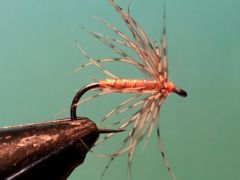
{{+1}}Partridge and orange spider{{-1}}
{{start}}
This is undoubtedly my "go to" spider. Fish all over the world seem to find orange a trigger colour and along with the buggy shape, the movement of the soft hackle in the water this fly often produce a hit. There is also the added benefit that they are so easy to tie. All river fly fishers should have a selection of English Spiders in their fly boxes.{{end}}
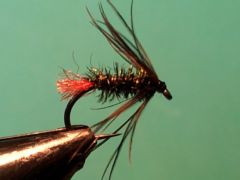
{{+1}}Red tag spider{{-1}}
{{start}}
This fly whilst being very different to a sparsely dressed north country spider has proven itself as a prolific fish catcher and has earned a place in my nymph fly box. I have no hesitation in tying it on either in combination with a traditional spider, a bead head nymph or heaven forbid a bead head version of a north country spider.{{end}}
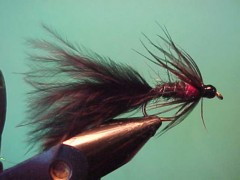
{{+1}}Bead head bibio bugger – Chatto’s original{{-1}}
{{start}}
I use this fly as a point fly for when both boat and bank fishing and have developed three versions. The standard non bead head version is tied on Knapek L series hook in size #8 and has 6 wraps of .015 lead wire hidden in the body and an overall finished length of around 45 mm. A mini bugger version is tied on Knapek L series hook in size #10 and has 4 wraps of .015 lead wire hidden in the body and an overall finished length of around 30 mm. I also tie a bead head version on a Tiemco 3769 hook in size #8 which incorporates a 3 mm black tungsten bead.{{end}}
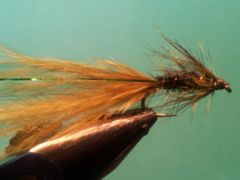
{{+1}}Olive damsel bugger{{-1}}
{{start}}
Keep an eye for swallows dipping on the water feeding on midge. That's a sure sign that there will also be damsel nymphs around and then of course further up the food chain there are likely to be trout feeding on both the midge and the damsel nymphs. This is the time to start thinking about fishing either damsel buggers or olive woolly buggers.{{end}}

{{+1}}Plume{{-1}}
{{start}}
This is an incredible fly for delicate presentations to mayfly feeders ... the waters of the Korka had mayfly hatching but I was having trouble in finding a fly that didn’t spook them. Remembering that browns were behaving in a similar way in the training session I mentioned above I swapped over to the plume and ultimately did pretty well for the session coming in 10th out of 28 competitors.{{end}}

{{+1}}Riley nymph{{-1}}
{{start}}
This Joe Riley fly is a very generic representation of a mayfly nymph tied on a Czech nymph type hook. A good buggy looking fly that also has a hot spot emerging wing of UV material.{{end}}
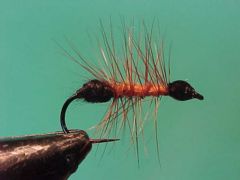
{{+1}}Ant – Chatto’s original Palmered ant{{-1}}
{{start}}
If it's a hot day, a warm balmy night, if water is rising over previously dry ground or almost any time for that matter you can get huge hatches of ants. They vary in colour but the dominant hatches are of black meat ants and banded sugar ants.{{end}}
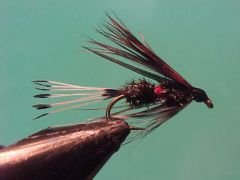
{{+1}}Royal coachman wet – Chatto’s version{{-1}}
{{start}}
One of the first wet flies tied was the coachman and that consisted of just a black body and a a set of white hackle slip wings. Over time flies have evolved and one path the coachman took was the substitution of a "royal" body for the simple black body. Many versions have been tied since and this one works for me.{{end}}













